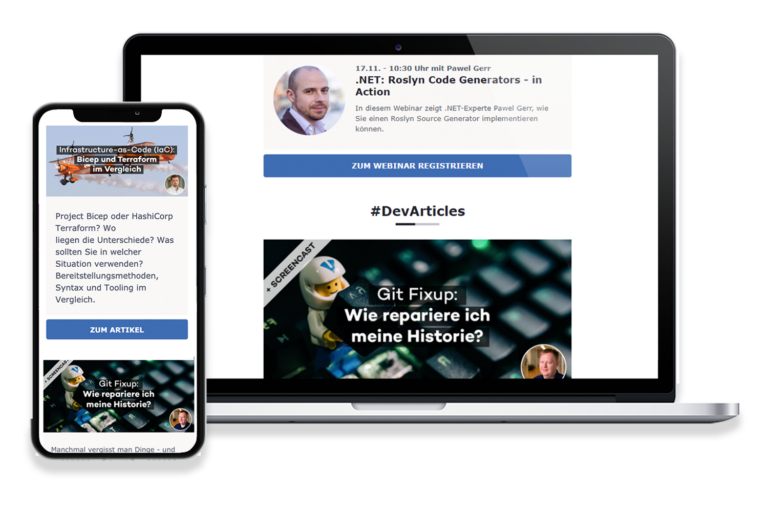In this post we look at LINQ queries that behave in the same way as the navigational property we used in the previous post:
var firstProducts = Context.ProductGroups
.Select(g => g.Products.OrderBy(p => p.Name).FirstOrDefault())
.ToList();
Let’s achieve the same without using the property Products. Yet again, we start from the product groups but instead of using the navigational property we use the DbSet Products. The join condition between a group and the products is specified inside of the extension method FirstOrDefault.
var firstProducts = Context.ProductGroups
.Select(g => Context.Products
.OrderBy(p => p.Name)
.FirstOrDefault(p => p.GroupId == g.Id))
.ToList();
The generated SQL looks like the following:
SELECT [t0].*
FROM
ProductGroups AS p
LEFT JOIN
(
SELECT *
FROM
(
SELECT *, ROW_NUMBER() OVER(PARTITION BY p0.GroupId ORDER BY p0.Name) AS row
FROM [Products] AS [p0]
) AS [t]
WHERE [t].[row] <= 1
) AS t0 ON p.Id = t0.GroupId
The SQL statement is identical to the one that was generated when using the navigational property.
Now, imagine there is no DbSet ProductGroups and the property GroupId is just a regular property like Name. As a replacement for missing ProductGroups we use SELECT DISTINCT GroupId on the Products. The 2nd part of the query stays the same.
var firstProducts = Context.Products
.Select(p => p.GroupId)
.Distinct()
.Select(id => Context.Products
.OrderBy(p => p.Name)
.FirstOrDefault(p => p.GroupId == id))
.ToList();
The generated SQL statement is:
SELECT [t1].*
FROM
(
SELECT DISTINCT p.GroupId
FROM Products AS p
) AS t
LEFT JOIN (
SELECT t0.*
FROM (
SELECT p0.*, ROW_NUMBER() OVER(PARTITION BY p0.GroupId ORDER BY p0.Name) AS row
FROM Products AS p0
) AS t0
WHERE t0.row <= 1
) AS t1 ON t.GroupId = t1.GroupId
For grouping of data using built-in capabilities of Entity Framework Core 3.0 should be enough for most cases. For more advanced use cases we can’t do much but extending EF with custom functionality.




